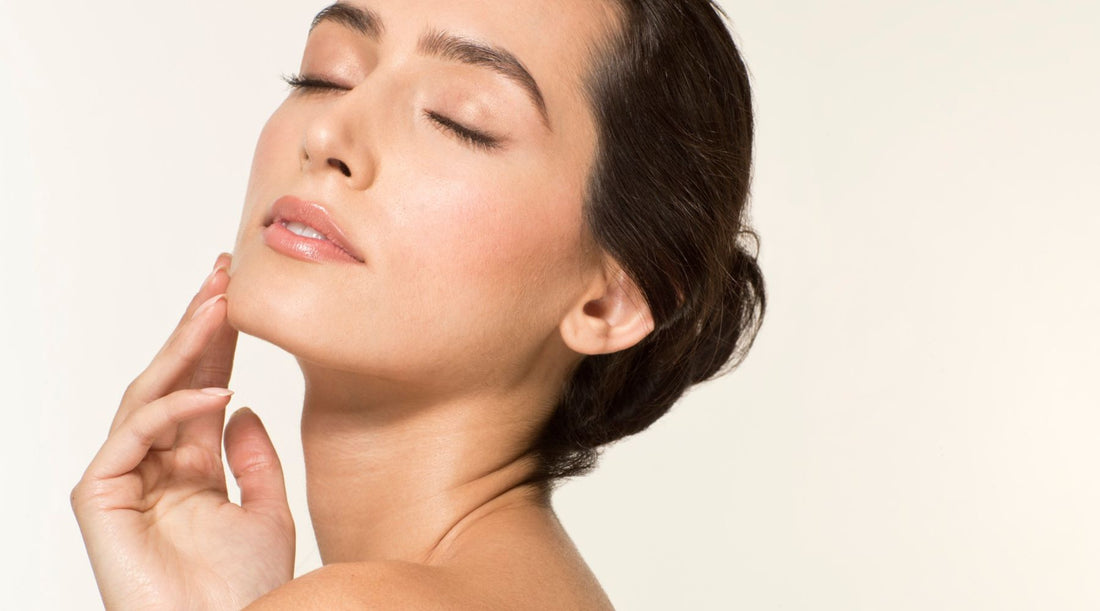The way you layer your skincare products is essential to ensure each product penetrates the skin properly and performs as intended. Applying products in the correct order can enhance their effectiveness, maximize benefits, and prevent common issues like pilling or irritation. Here’s a step-by-step guide to layering your skincare routine effectively.
1. Cleanser: The Foundation of Your Routine
-
Why: Start with a clean base. Cleansing removes dirt, oil, and impurities that can interfere with the absorption of other products.
-
How: Use a gentle, pH-balanced cleanser suitable for your skin type. Massage onto damp skin, then rinse with lukewarm water.
-
Tip: Double cleanse in the evening if you’re wearing sunscreen, makeup, or have been exposed to pollution.
2. Toner or Essence: Preparing the Skin
-
Why: A toner or essence helps balance the skin’s pH, lightly hydrates, and preps the skin to absorb subsequent products more effectively.
-
How: Apply a small amount to a cotton pad or directly onto your hands and gently press it into your skin.
-
Tip: Choose a hydrating toner or essence with ingredients like hyaluronic acid or glycerin for an added moisture boost.
3. Serums: Targeted Treatments
-
Why: Serums contain concentrated active ingredients that address specific skin concerns, such as wrinkles, dark spots, or acne. They are usually the most potent part of your routine.
-
How: Apply a few drops to your fingertips, then pat or press onto the skin. It’s best to use a thin, watery serum before a thicker, more viscous one.
-
Tip: If you’re using multiple serums, apply them from thinnest to thickest, allowing each one to absorb before layering the next.
4. Eye Cream: For Delicate Under-Eye Skin
-
Why: The skin around your eyes is thinner and more delicate, making it prone to dryness, wrinkles, and dark circles. Eye creams are formulated to address these specific needs.
-
How: Dab a small amount on your ring finger, then gently tap around the orbital bone without tugging on the skin.
-
Tip: If your eye cream contains active ingredients (like retinol), apply it before your serum. For a more hydrating eye cream, apply it after serum and before moisturizer.
5. Moisturizer: Locking in Hydration
-
Why: Moisturizers help seal in all the previous layers and provide long-lasting hydration. They also strengthen the skin barrier, keeping it healthy and resilient.
-
How: Take a pea-sized amount and apply it in upward, gentle strokes to your face and neck.
-
Tip: Choose a lightweight moisturizer if you have oily skin or a richer cream if your skin is dry.
6. Face Oil (Optional): Extra Nourishment and Glow
-
Why: Face oils provide additional moisture and nourishment, especially beneficial for dry or mature skin types. They help lock in the hydration from your moisturizer.
-
How: Pat a few drops onto your skin after moisturizer, focusing on areas where you need extra hydration.
-
Tip: Oils should generally be applied last (unless you’re using sunscreen during the day). However, if you have acne-prone or oily skin, you may want to skip this step or use it sparingly.
7. Sunscreen: Essential Daily Protection (Morning Routine Only)
-
Why: Sunscreen is the final step in your morning routine because it acts as a shield to protect your skin from harmful UV rays, preventing sun damage, premature aging, and skin cancer.
-
How: Use a broad-spectrum SPF 30 or higher and apply generously, covering your face, neck, and any exposed skin.
-
Tip: Make sure your sunscreen is the last step in your morning routine—don’t layer anything over it, as this can dilute its effectiveness.
Special Considerations: Layering Acids and Actives
If you’re using active ingredients like AHAs, BHAs, or retinoids, incorporate them thoughtfully into your routine:
- Acids (AHAs/BHAs): Use after cleansing and before other serums. Only apply these a few times a week, as overuse can cause irritation.
- Retinoids: Use only at night and apply after cleansing. Retinoids are best used alone or layered with a hydrating serum to reduce irritation.
- Vitamin C: Apply in the morning after cleansing (and before moisturizer or sunscreen). Vitamin C is highly effective during the day because it combats oxidative stress caused by sun exposure.
Skincare Layering Tips for Maximum Results
-
Follow the Thinnest-to-Thickest Rule: Generally, you should apply products from lightest (water-based) to heaviest (oil-based). This order allows thinner products to penetrate without being blocked by thicker layers.
-
Wait Between Layers: Allow each product to absorb before moving on to the next step—about 30 seconds to a minute is usually enough. This prevents pilling and ensures that each layer is fully absorbed.
-
Introduce New Actives Gradually: If you’re new to layering actives (like acids, retinoids, or vitamin C), start slowly. Use these products on alternate days to prevent irritation.
-
Listen to Your Skin: Everyone’s skin is unique, so pay attention to how your skin reacts to each product. If your skin feels sensitive or irritated, simplify your routine or try using active ingredients on alternate days.
-
Customize for AM and PM: In the morning, focus on protection (antioxidants, sunscreen) while in the evening, focus on repair (hydrating, nourishing, and anti-aging ingredients). This way, your skin benefits from a balanced, supportive routine around the clock.
Final Thoughts
Layering skincare products correctly allows each product to perform at its best, boosting its effectiveness and enhancing your skin’s health and appearance. By following these steps and listening to your skin’s needs, you’ll create a routine that not only looks good on paper but makes your skin look and feel its best.


